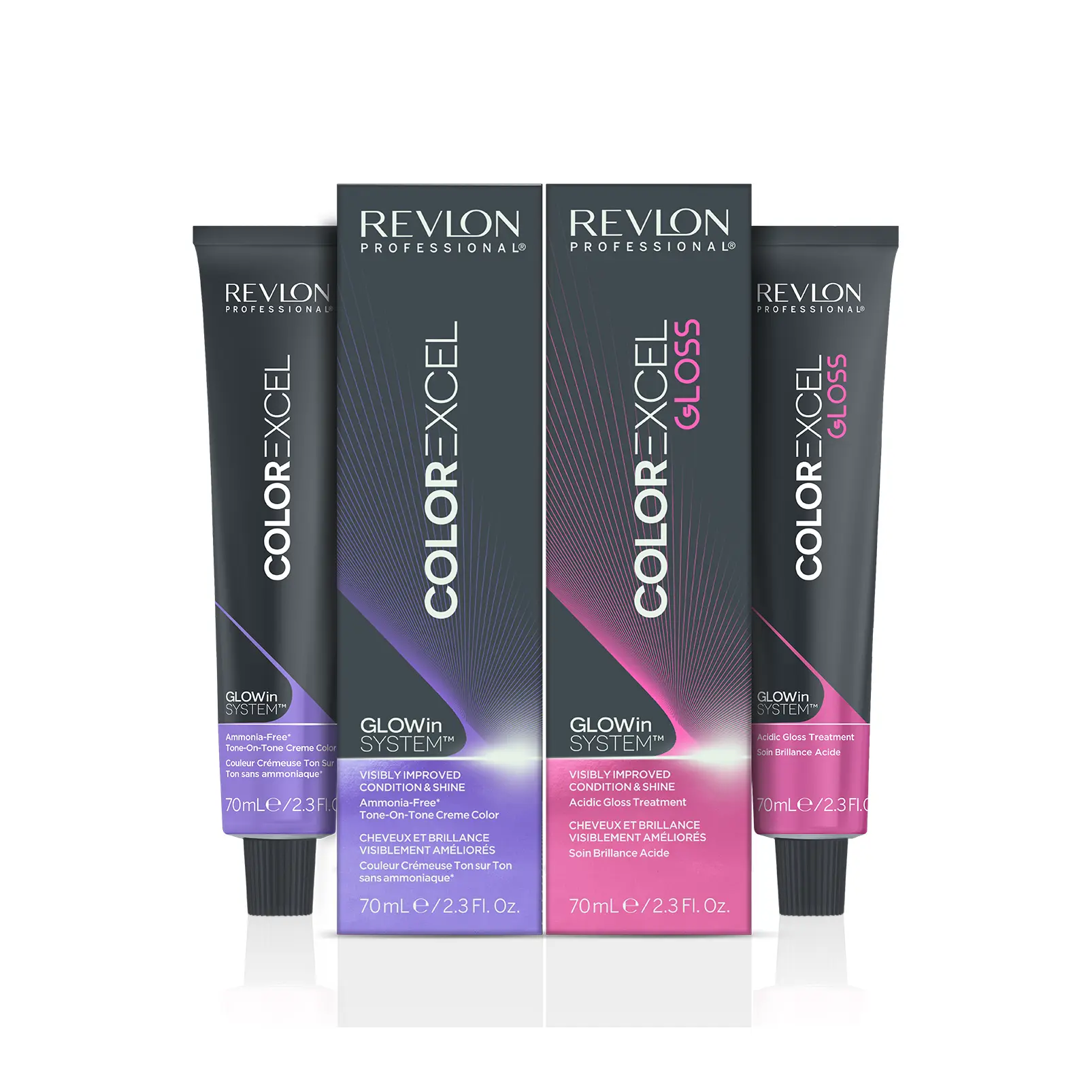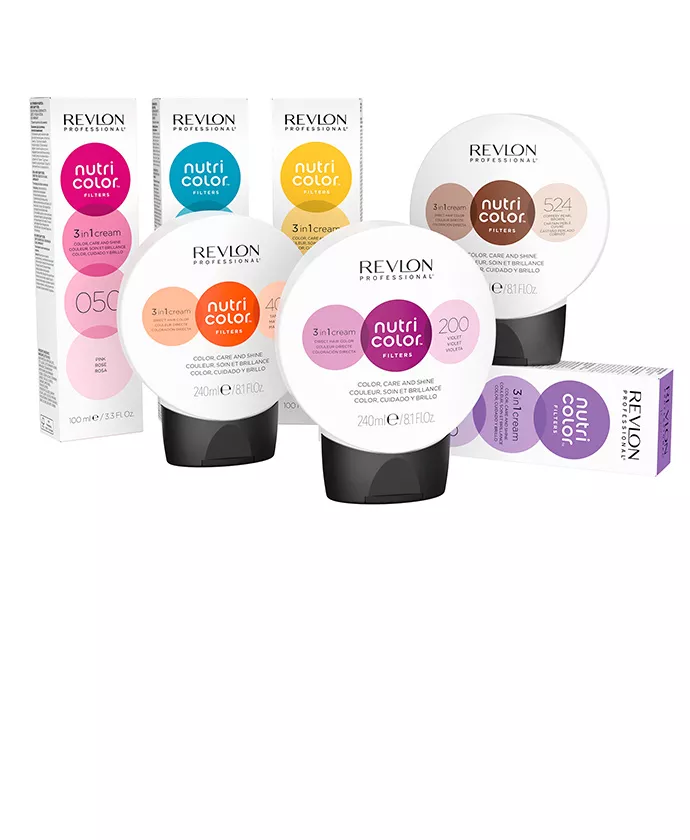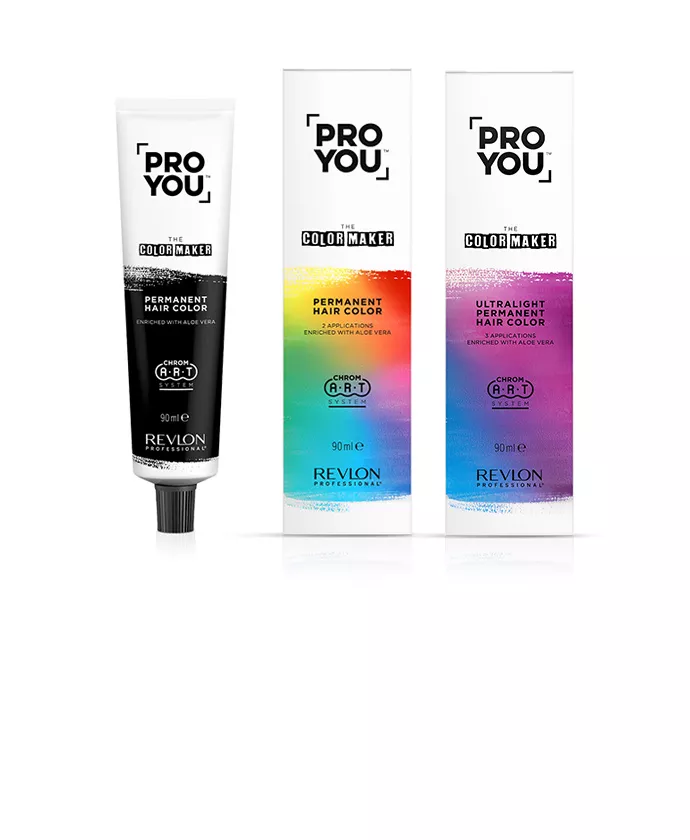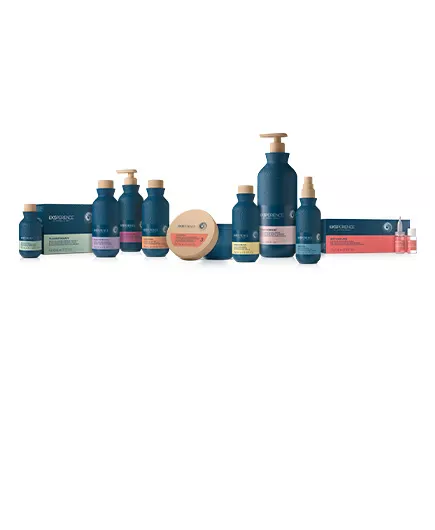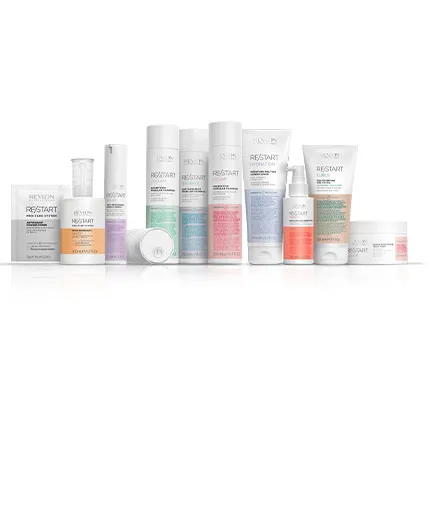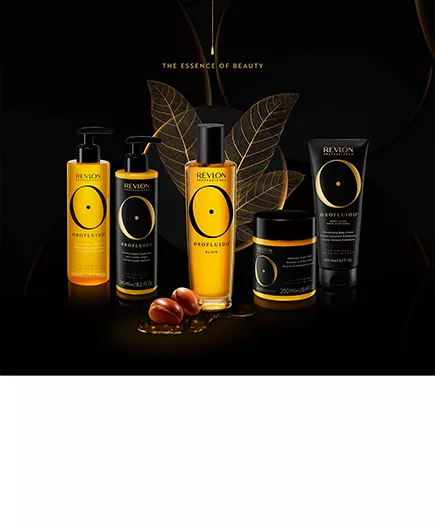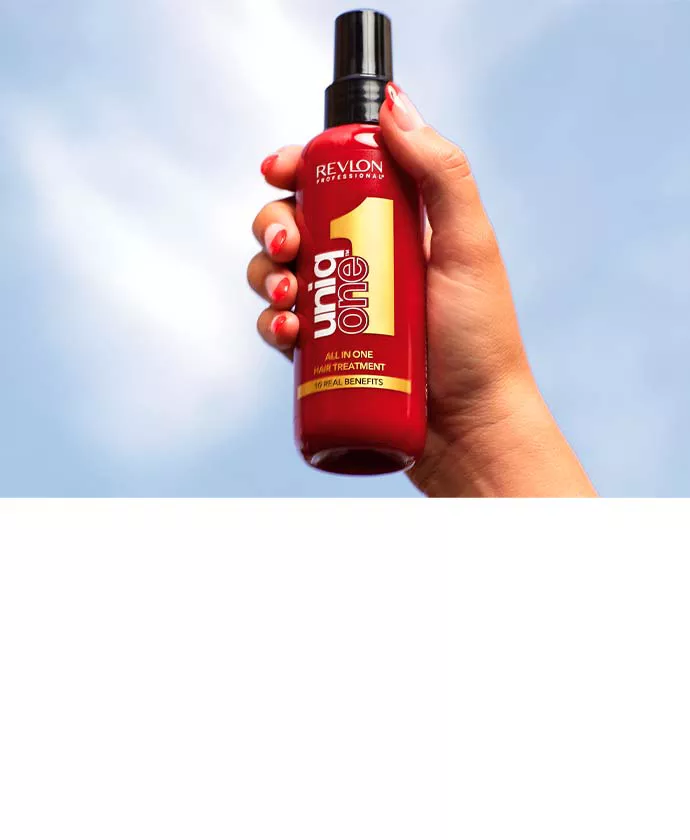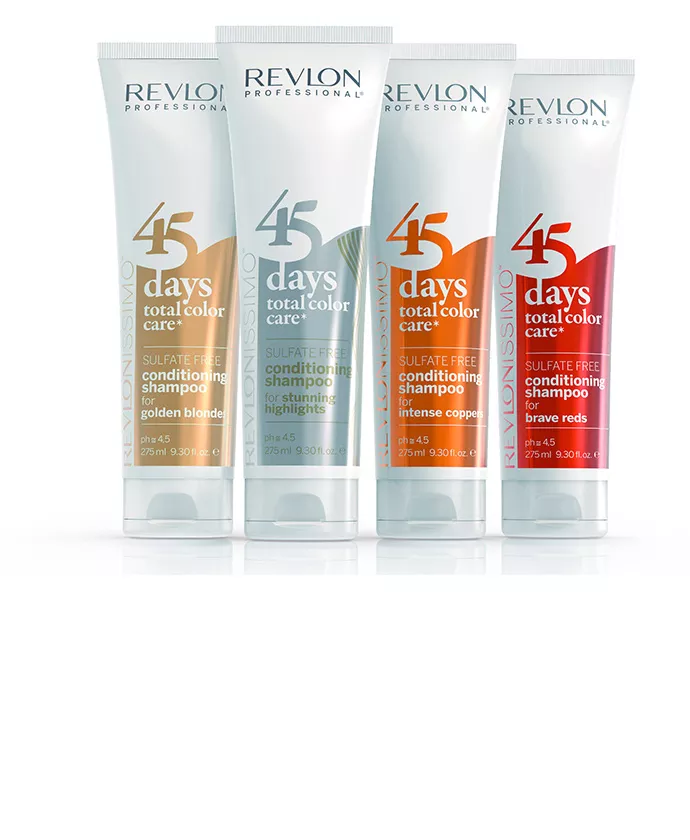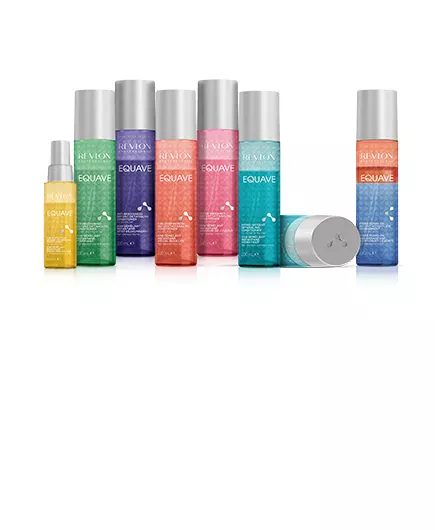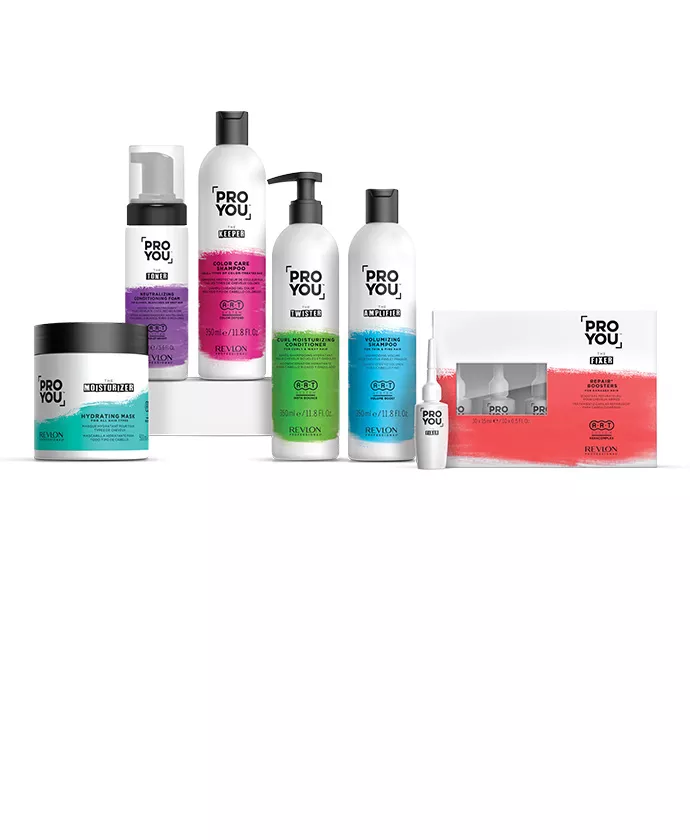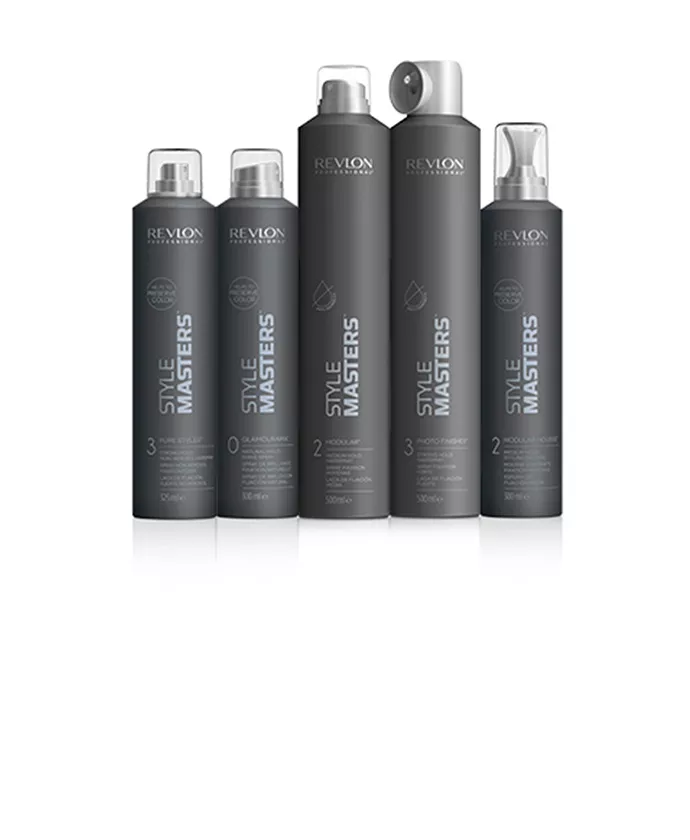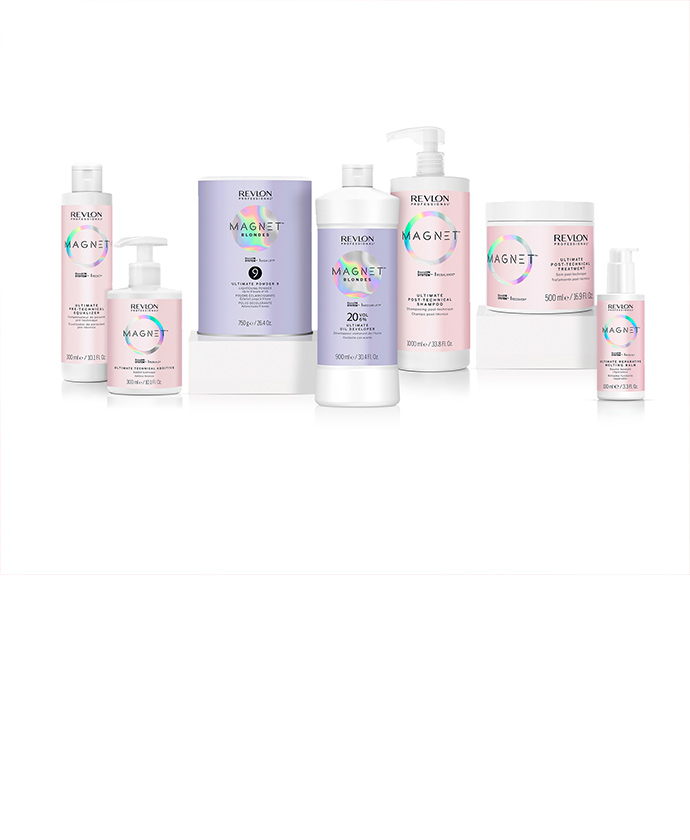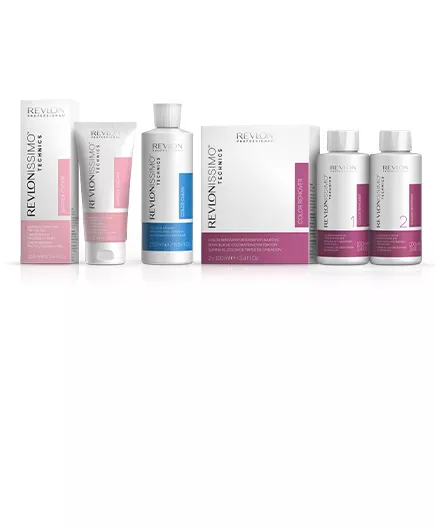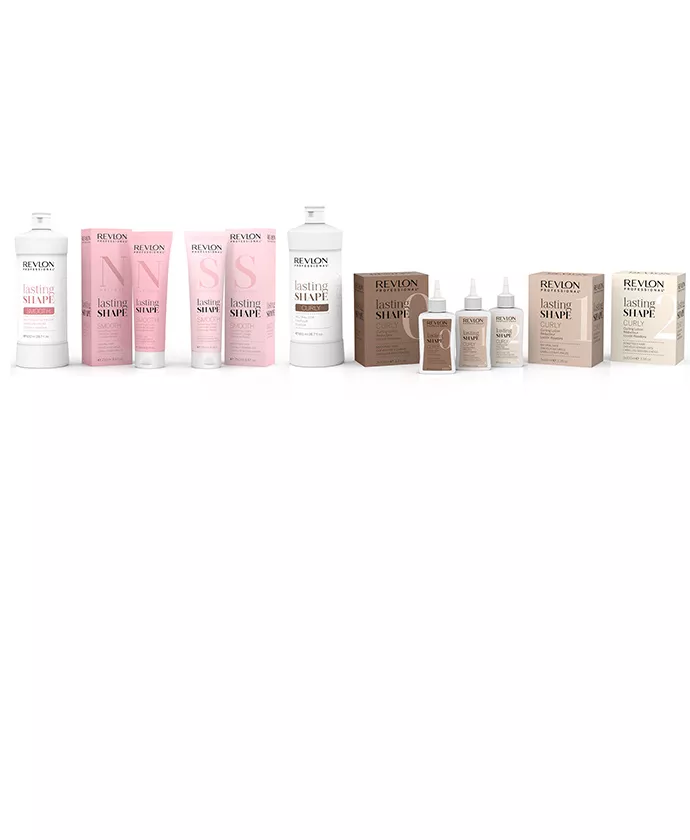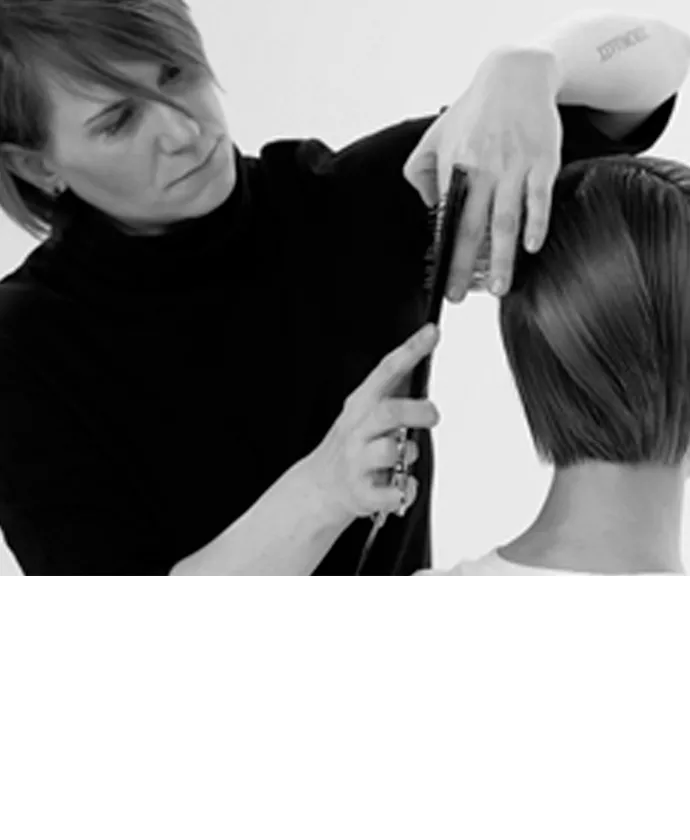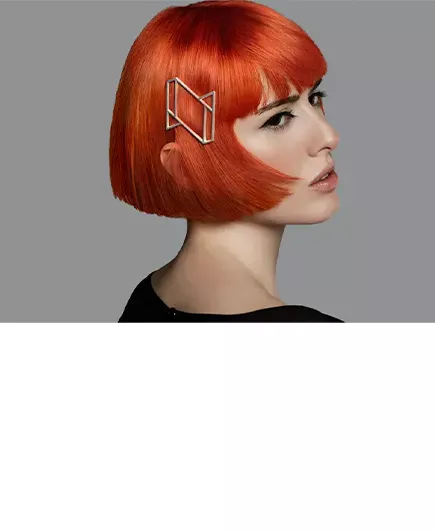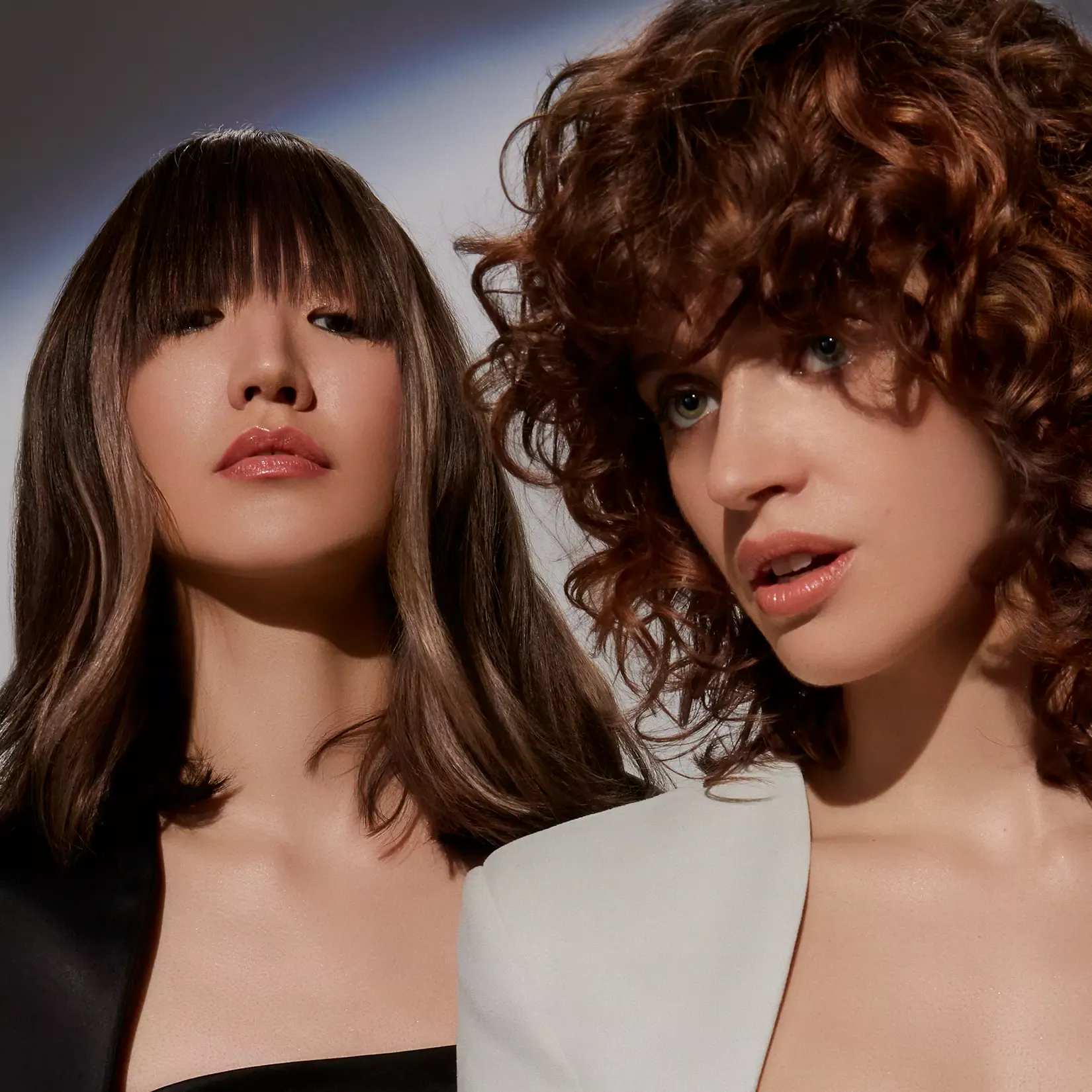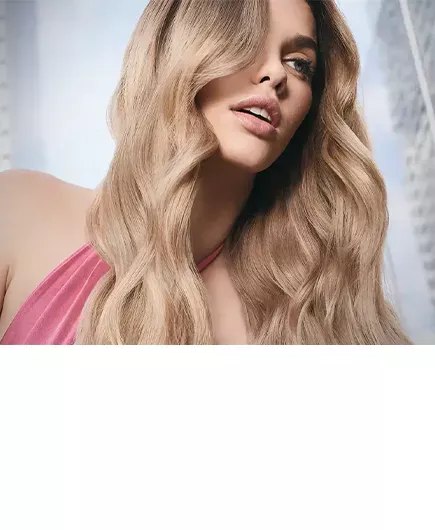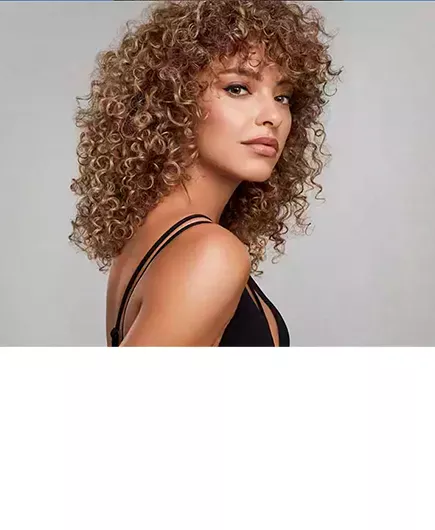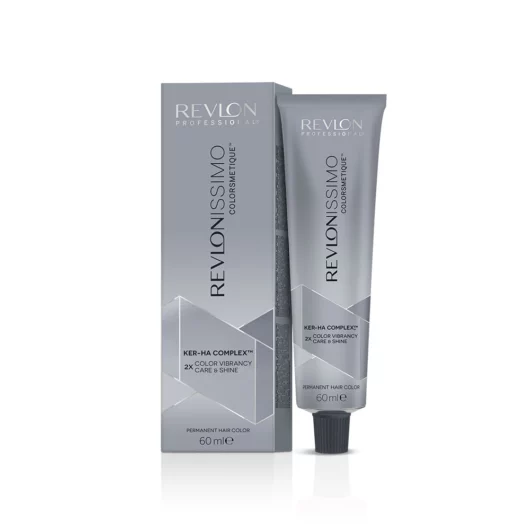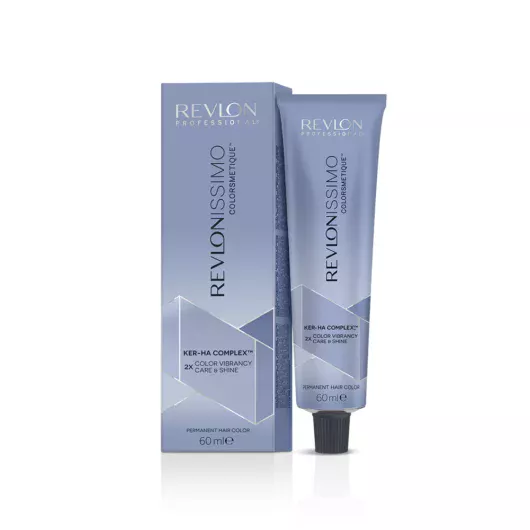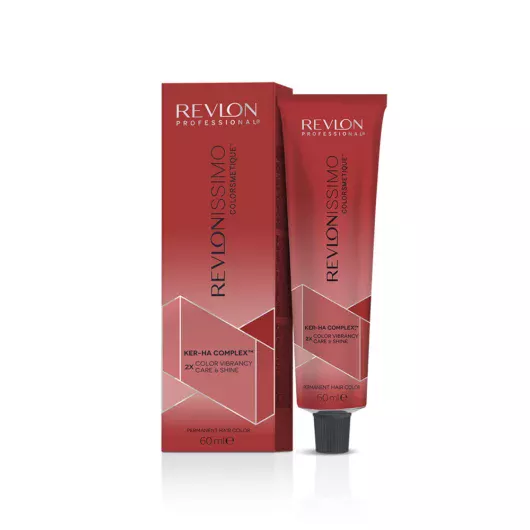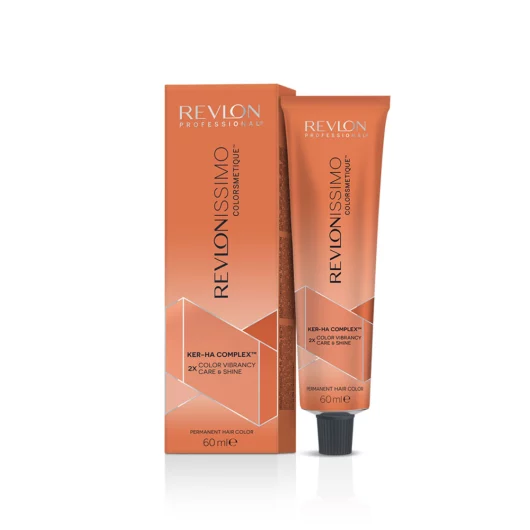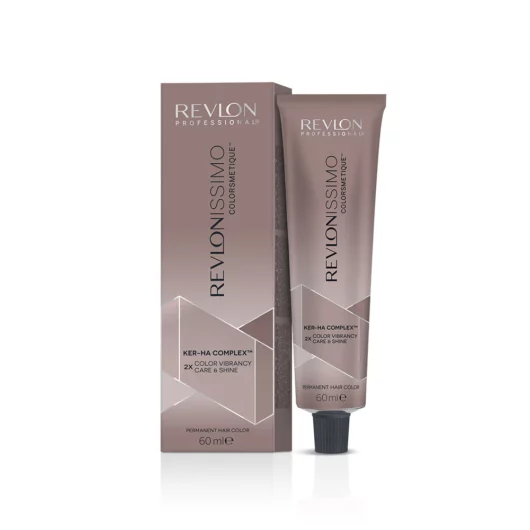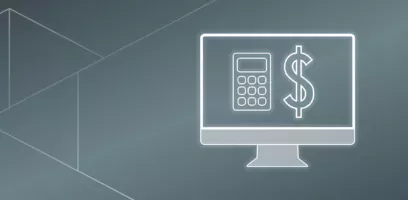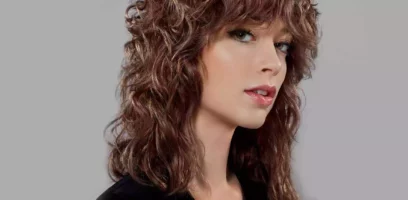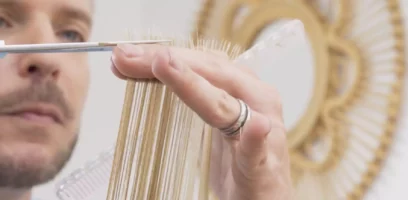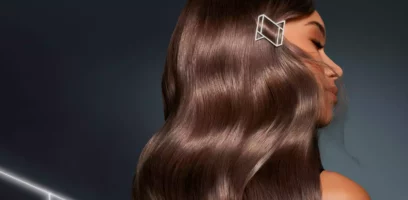THE GUIDE FOR HAIR COLOR CHARTS: HOW TO UNDERSTAND THE NUMBERS AND LETTERS
The hair color chart is a key tool of every good hair colorist. From the outset, it is useful for learning to catalog, differentiate, and understand the colors and shades needed to achieve the client’s desired outcome. Correctly understanding and utilizing this hair color chart will help achieve nuanced tones, like beautiful bright or ashy blondes. No matter where you are in your career, follow these tips and tricks to help you understand this useful tool and its many applications.
HOW DOES THE HAIR COLOR CHART NUMBERING SYSTEM WORK?
Looking at the color chart for the first time can feel a bit daunting. Fortunately, with these simple instructions, understanding it fully doesn’t need to be complicated and will help make your work as flawless as possible. Below are the most important factors to keep in mind when looking at the numbers and letters on your hair color chart.
First Number: Depth or Base Color
Let’s first take a look at the hair dye numbering system and the numerals you should understand. Ranging from 1 to 10, this first number indicates the depth level or base color. These are the natural tones that are neither warm nor cold. To understand this in a real-world application, the darkest hair color (black) is a 1 and light blonde is a 10. Brown-colored locks range from level 2 to level 5 (dark brown to light brown) and level 6 and upwards cover the blonder shades. Some charts even go up to level 12, which is considered ultra-blonde.
Ver esta publicación en Instagram
First Decimal Number: Primary Tones
The first number that comes after the decimal indicates tone, which is what dominates the coloring. For example, 6.1 of Revlonissimo Colorsmetique™ Cools means that a base 6 is a dark blonde and .1 is the cool tone “blue ash.”
Second and Third Decimal Numbers: Secondary Hues
If the first number indicates the base and the first decimal is the tone, the second decimal is the secondary tone. On occasion, you may also find a third decimal. For example, color 6.41 from Revlonissimo Colorsmetique™ is a dark blonde base, with a coppery tone and an ashy hue. When there’s a third number, it will represent the shade that has the least influence on the color. It’s important to keep this in mind when coloring for the best possible coloring results.
Letters
When reading a hair color chart, it’s possible to sometimes come across letters accompanying the numerals. However, here at Revlon Professional, we don’t use letters for shade/pigment definition. Instead, we use letters to represent specific color performance within our range of products. For example, if you come across “IB,” this represents “Intense Blonde” (indicating that these colors are high lift blonde colors). And as another example, the letters “MN” indicate that these shades feature maximum neutralizing power.
HOW TO READ HAIR COLOR CHART NUMBERS
One of the most essential facts to remember is that natural tones will always be neutral, meaning they won’t be followed by decimal numbers. In some cases, like with the Revlonissimo Colorsmetique™ chart, there are letters like 6SN. Here are some examples to help you better understand this concept in hair color charts:
- Cool tones: These are tones where the first decimal place is .1 (blue ash), .2 (mauve ash violet pearl), .7 (green khaki), .8 (pearl ash brown), or .9 (soft ash blue).
- Warm tones: These are tones whose first decimal place is .3 (gold), .4 (copper), or .6 (red).
- Neutral tones brown-red: In this case, the tone .5 is neutral (mahogany) and it always comes with some of the previous tones to give it the shade you desire.
When you see a color with two decimals—like shade 7.44 from Revlonissimo Colorsmetique™ Coppers—it represents a higher intensity in that particular tone. In this case, it’s a medium-intensity copper blonde.
Ver esta publicación en Instagram
With these numbers, colorists must be able to neutralize the hair color so that unwanted tones do not appear. The color chart also shows which tones are complementary and which are not. For example, if a client wants light brown hair that leans away from orange tones, it’s best to apply color 5.1 (light ash brown) to help neutralize these shades. And since the color wheel is something you’ll use on a daily basis as a hair professional, it’s an excellent idea to memorize it.
Ver esta publicación en Instagram
With practice and dedication, utilizing color charts for hair will become so familiar that, with just a glance at the client’s hair, you will be able to immediately identify and appreciate subtle nuances and recommend the ideal shades to suit them best.
And remember: The final color results will always be a combination of the color pigments of your chosen shade, combined with the natural or specific pigments that are present in the hair. For this reason, colorimetry and color chart knowledge are essential for all well-rounded hairdressers, in order to perform an accurate color consultation with each client (and get the best possible color results each and every time).
Are you ready to put your skills to the test and join our journey of color discovery? Visit our Revlonissimo Colorsmetique™ interactive color chart and challenge yourself to read the hair color chart using the information you learned in this helpful guide.



